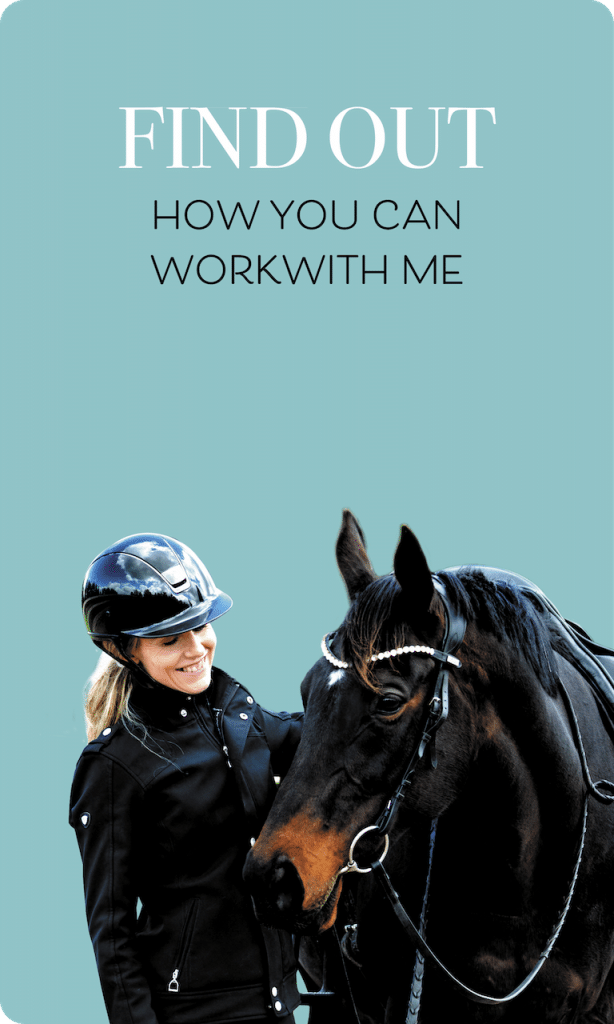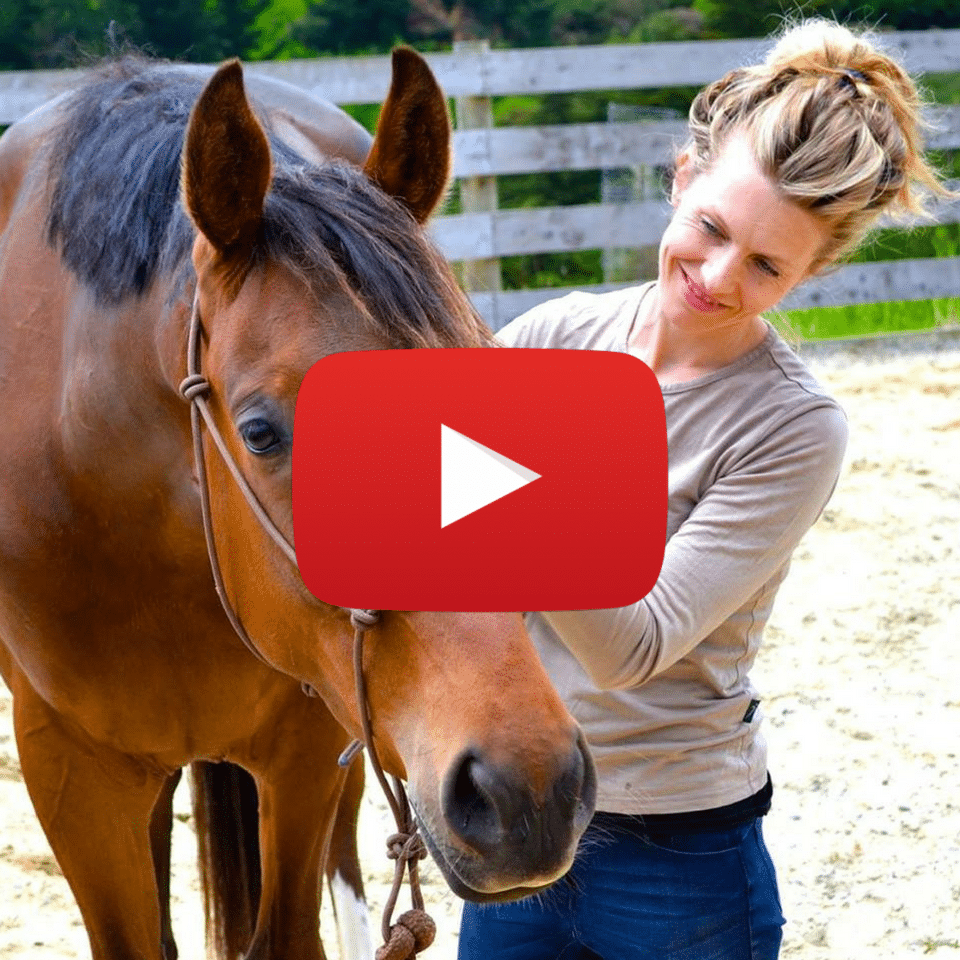When it comes to our organs, we appreciate them in the context of life functioning systems (and rightly so), but we rarely consider their role in movement and postural support. If we want to think about them in relation to the latter (movement and posture), we must invite another glorious player to the conversation, our fascial system, or specifically the deep front line.
Fascia forms in many different configurations. Fascial trains are part of the movement system of the body; the deep front line is one of these fascial trains. As the name suggest, the deep front line lies within the deepest parts of the body’s universe, winding its way through the very core of our beings.
When we consider fascia and function, we automatically consider tone. The tone of fascia is based on pressure relationships; in essence, fascia requires a certain amount of pressure to maintain tone, responding with equal and opposite pressure.
In the parasympathetic system (and I highlight this because how we move is different between the fight flight and parasympathetic nervous system states), the organs originate our movement. Part of this function is through the pressure applied to the deep front line so it’s able to move, shift and slide.
The lungs are an excellent example of this. When they sit high, in the parasympathetic system, they are part of the stabilizing function of the neck. The top lobe presses on the deep front line, helping to maintain the length of the cervical spine and preventing it being vulnerable and loose (spoiler alert: the neck is supposed to hold a degree of positive tension. It’s not supposed to be soft and loose, which is counterproductive for support).
Posture is the domain, kingdom, and queendom of the nervous system. If we are looking to the muscles, in my opinion, we are starting from the wrong direction. What we are observing is the end result of my brain and my nervous system and consequently, my organs telling my structure where it needs to be, and my body arranging itself as a result.
Onwards,
❤️ Jane
- Here is a video of a (partial) deep front line dissection. From our horse’s point of view, the tongue tendon is part of the deep front line (the same is true for us) and connects all the way to the hind legs, which is why freedom of the jaw and tongue (nosebands, cough cough) is so important not just to happiness, but posture and movement.
https://www.youtube.com/watch?v=DjGzalkfY1E
- Organ and nervous system consideration is part of the work we play with in JoyRide, considering biomechanics through a nervous system lens. If you want to join us, you can check it out here– we’d love to have you be a part of it!





